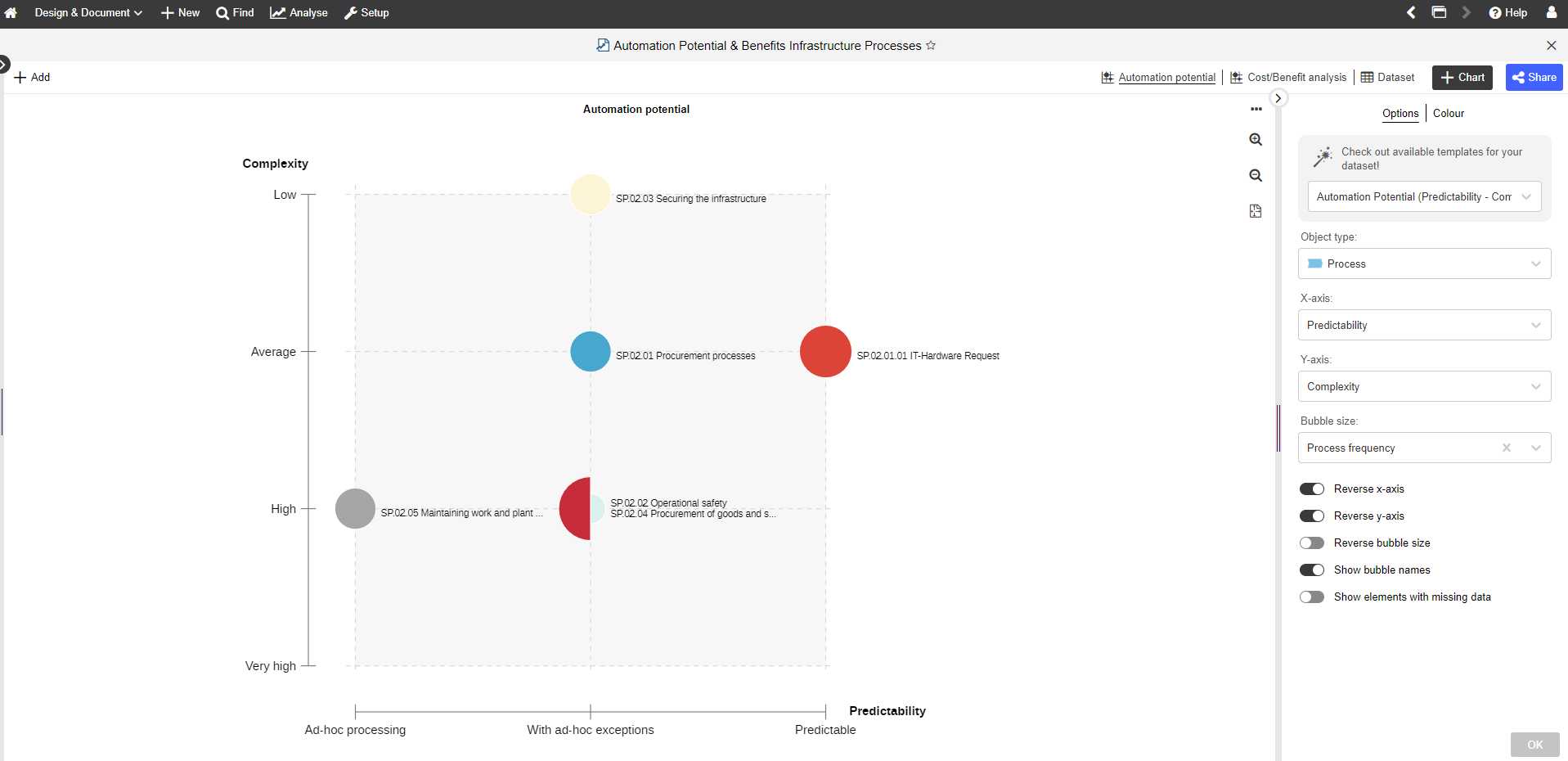Introduction

Eliyahu Goldratt
In recent years, there’s been hardly any talk of transformation initiatives without mentioning ‘automation’ as an essential ingredient. The buzz surrounding automation technologies and their rapid adoption has been on a continuous rise, and given the promised benefits – from efficiency gains and cost savings, to profitability increases – it’s no wonder that every company wants in.
However, as organizations rush to digitalize and automate their business processes, many begin to realize that while implementing automation may be easy, achieving tangible results form it is harder than expected(for successful project set-up read our blog post on process automation steps). And it all leads back to one simple question: what are the right processes for automation?
Given that research shows that poor process selection is among the leading causes of failing automation attempts – you’re going to want to do your homework on this one. So, keep reading on and discover all you need to know about identifying the right automation candidates and getting your process automation initiative off on the right foot!
What does an ideal automation candidate look like?
When taking a look at your processes and defining a list of potential automation prospects, keep in mind the following questions:
- Does this process take place on a regular basis?
- Is the process repetitive? Are the same steps completed every time the process is executed?
- Is the process based on a clear set of rules?
- Does the process entail tedious, manual work?
Your optimal business process automation would typically involve a stable, recurring and mechanical activity – requiring little critical thought. So, if a process fits the elements on the list above, odds are it’s a fairly good automation candidate.

How do you identify automation opportunities in your process portfolio?
Process automation potentials can be easily determined through analysis of your process portfolio. But for that exercise to be truly efficient and effective – a structured, accurate and complete documentation of your processes is a crucial pre-requisite (check out our blog post on Business Process Documentation for details).
While you may already have your core, managerial, multi-faceted processes described to a point, it’s most often the case that your less complex, supporting processes (such as handling of vacation requests, IT service requests, transactions and alike) are the ones you will be selecting for your automation project in the end.
That’s why a comprehensive outline of your process portfolio is an essential first step – allowing you to evaluate and screen your operational activities for automation potentials in a holistic manner.
Some of the key parameters for process portfolio assessment are:
Complexity
Frequency
Predictability
Process complexity and frequency are great indicators to narrow down your automation contenders. The processes with least complexity and highest frequency should land on top of your list. Process predictability is another valuable aspect to consider – showing you which of the processes in your portfolio could and should be standardized.
A process management tool such BPM suite ADONIS can be of substantial help in endeavor. Beyond supporting you with the documentation and visualization of your business processes, a BPM tool can also shed light on the necessary areas for improvement (a vital aspect, because automating an inefficient process will only magnify its inefficiency – more on this in our blog post on how to optimize processes).
And most importantly, with adequate tool support, you are able to quickly and thoroughly analyse your entire process architecture and pinpoint the most viable candidates for process automation – based on the key factors mentioned above, and many more!
Tipp: For a deeper understanding, take a look at the BPA Case Study at Lucerne University to see how real-world solutions are implemented.
Example of process portfolio analysis in ADONIS BPM tool
What else should you consider before project kick-off?
Once your automation shortlist is complete, you should also get an understanding of the ROI for your initiative. Thus, some of the questions you may want to answer are:
- What are the automation costs?
- What are the expected benefits?
- Is it worth investing in an automation solution?
This will give you an idea of the efforts and costs for the initiative, as well as your expected savings and returns – making it easier to determine whether this investment is worth your while in the first place. For a deep-dive on this, check out our blog post on Process Automation ROI and learn how you can estimate your returns with our free calculator.
Having these topics covered, you will get a solid outline for your automation initiative that you can validate and confirm with the key project stakeholders. Prioritize your automation candidates, make your processes execution-ready and get your project rolling!
Summary – what’s next?
Many organizations that embark on automation journeys struggle to deliver expected results because they don’t take the time needed to review and assess the processes that are viable for automation.
While the potential behind process automation is tremendous, it’s the use case, objectives and framework of the project that differentiate a shaky attempt from a solid implementation, set for scale to realize the value of automation and its promised benefits.
Now that you know what it takes to set your initiative up for success, check out how that works in practice in our free webinar, and get expert insights on everything from process modelling, to template coding and automation deployment.
And in case you interested in enhancing your progress with a mighty automation solution, our ADONIS Process Automation is the perfect companion to support you in all stages of your journey, from design to execution. Discover more now and take your business processes to new heights!







